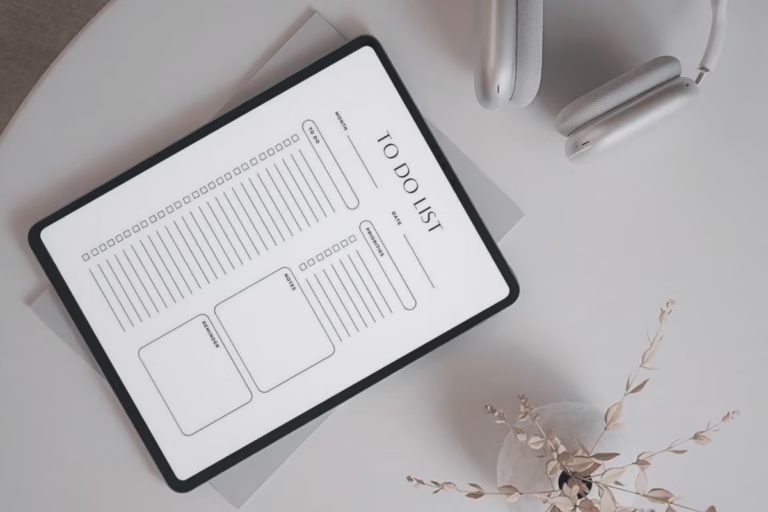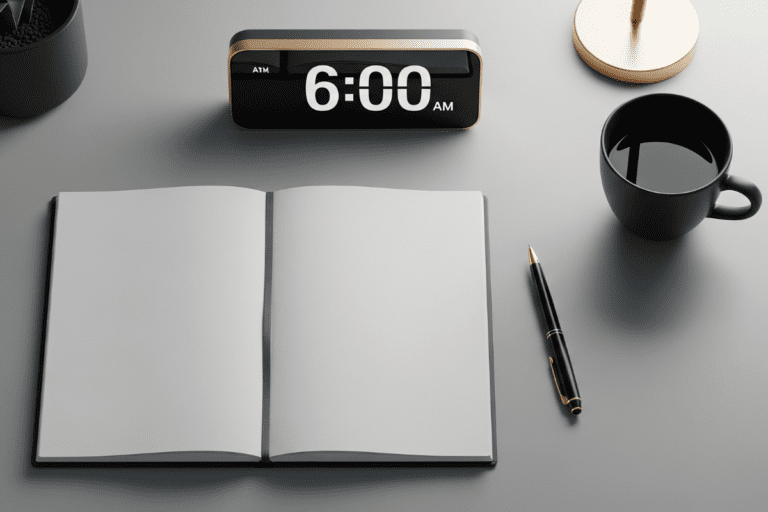Productive Procrastination: What It Is and How to Use It
Most people treat procrastination as the enemy of productivity—but not all delay is wasted time.Productive procrastination is the intentional act of pausing a primary task to complete a meaningful secondary activity. Done right, it preserves momentum, reduces decision fatigue, and protects your capacity for deep work. Whether you’re managing cognitive energy, facing creative block, or simply navigating mental resistance, structured procrastination can help you stay in motion without falling off track. This guide explores what productive procrastination is, how it works, and how to use it with intention—so you can turn delay into progress, not distraction.
What Is Productive Procrastination?
You’ve likely experienced it: putting off a major task but still doing something useful—like organizing your digital workspace or reviewing project notes. That’s productive procrastination in action. But it’s more than a clever way to delay—it’s a performance strategy when used with intention.
At its core, productive procrastination is about redirecting your mental energy, not wasting it. Instead of resisting a high-focus task outright, you give your prefrontal cortex space to recover while still staying in motion. It’s a buffer against burnout, a method of conserving executive function for your most demanding work.
This isn’t passive avoidance. It’s strategic delay—and when used deliberately, it supports your ability to return to flow states and deep work with clarity and momentum.
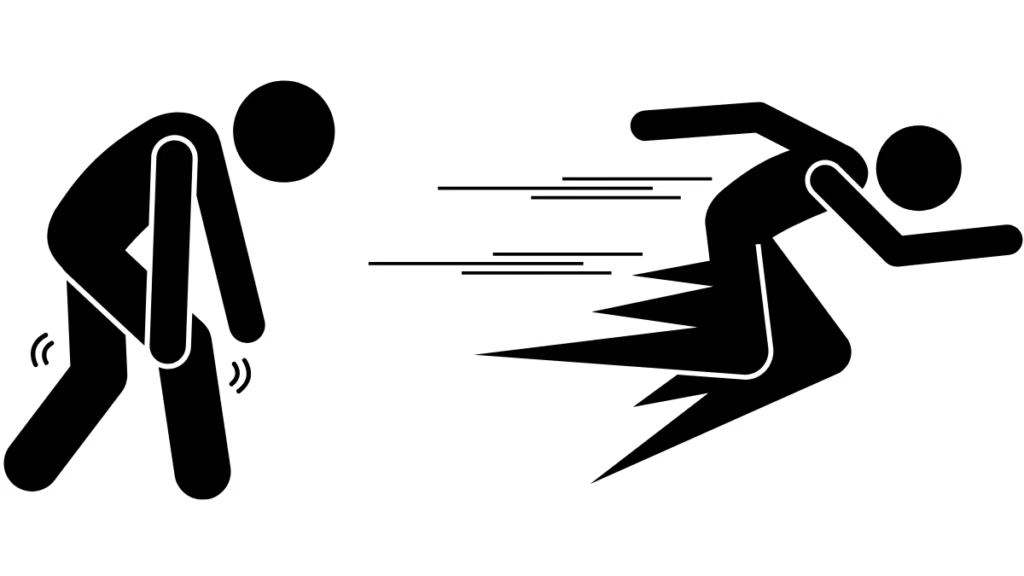

Productive Procrastination vs. Regular Procrastination
The Cost of Unstructured Delay
When you procrastinate without structure, you train yourself to avoid. That avoidance creates guilt, builds friction, and weakens self-discipline over time.
Regular procrastination often leads to:
- Increased decision fatigue
- Lower quality work under time pressure
- Disrupted sleep and circadian rhythms
- Damaged self-trust and motivation
When Productive Procrastination Can Serve You
Delaying a cognitively demanding task can restore mental bandwidth and reduce creative burnout—if the delay is filled with intentional, low-effort tasks. These secondary activities still provide a sense of accomplishment, which sustains motivation and helps you avoid falling into task paralysis.
Example: Let’s say you’re supposed to write a report. Instead, you clean your workspace, reply to Slack messages, and plan tomorrow’s goals in your task manager. When you return to the report, you’re in a better mental state—and the work flows faster.
How to Procrastinate Productively (Without Derailing Focus)
Prioritize Meaningful Secondary Tasks
Not all tasks are created equal. The goal of productive procrastination isn’t just to stay busy—it’s to stay strategically aligned.
Here are examples of high-leverage secondary tasks:
- Organizing your Notion dashboard or Google Drive
- Tidying your desk or digital tools
- Completing admin tasks (e.g., invoices, emails)
- Reading a saved article related to your field
- Journaling or outlining ideas to warm up your brain
Each of these supports your macro goals without draining the energy needed for deep work. If you want a complete system for organizing these tasks into a sustainable rhythm, learn how to build a high performance daily routine that lasts.
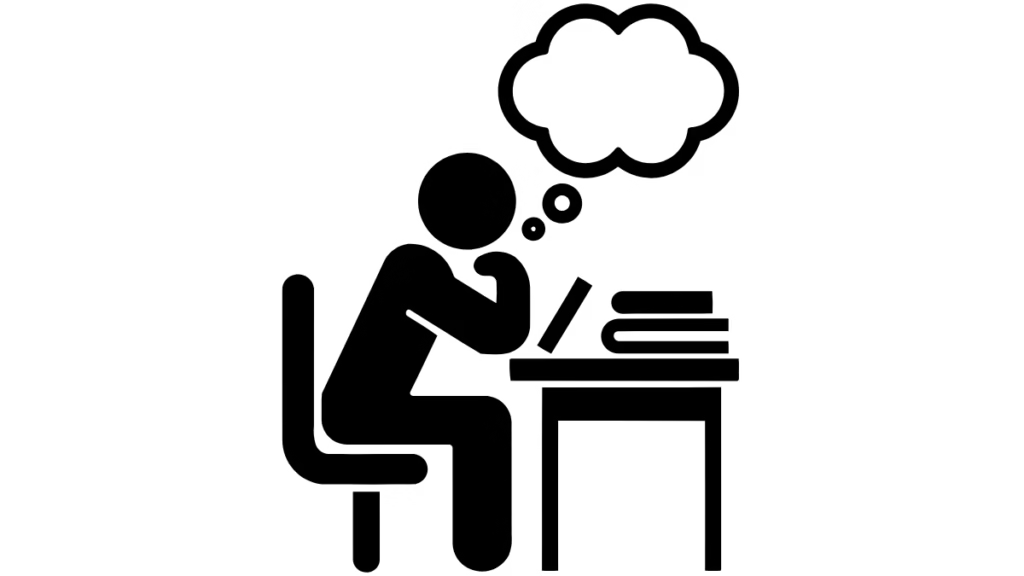

Use Intentional Delay to Recharge Focus
Focus isn’t fragile—it’s trainable. But even the most disciplined minds benefit from strategic recovery. If you’re hitting a wall mid-task, it’s not always a sign to push harder. It might be time to redirect, not retreat. Purposeful delay gives your attention a controlled reset. Instead of switching to dopamine-heavy distractions, shift to a low-intensity, alignment-based task that restores mental bandwidth without breaking your flow.
Try one of the following:
- Go for a short walk to activate your default mode network
- Switch to light creative tasks like brainstorming
- Do physical work (cleaning, sorting, movement)
- Review your calendar blocks or plan your next sprint. If you’re debating between a structured time blocking or a more flexible to-do list approach, this comparison of time blocking vs. to-do lists breaks down the strengths of each.
These engage different neural pathways, allowing your executive system to recharge.
Apply the “Structured Procrastination” Method
John Perry, a Stanford philosopher, coined the term structured procrastination to describe a behavioral productivity technique that tricks your brain into motion.
It works like this:
- Identify your most pressing task.
- Consciously delay it—but choose something moderately important instead.
- Let your avoidance drive become momentum.
This method works because many people resist pressure-heavy tasks. By using that resistance to fuel smaller wins, you build a rhythm of execution and control.
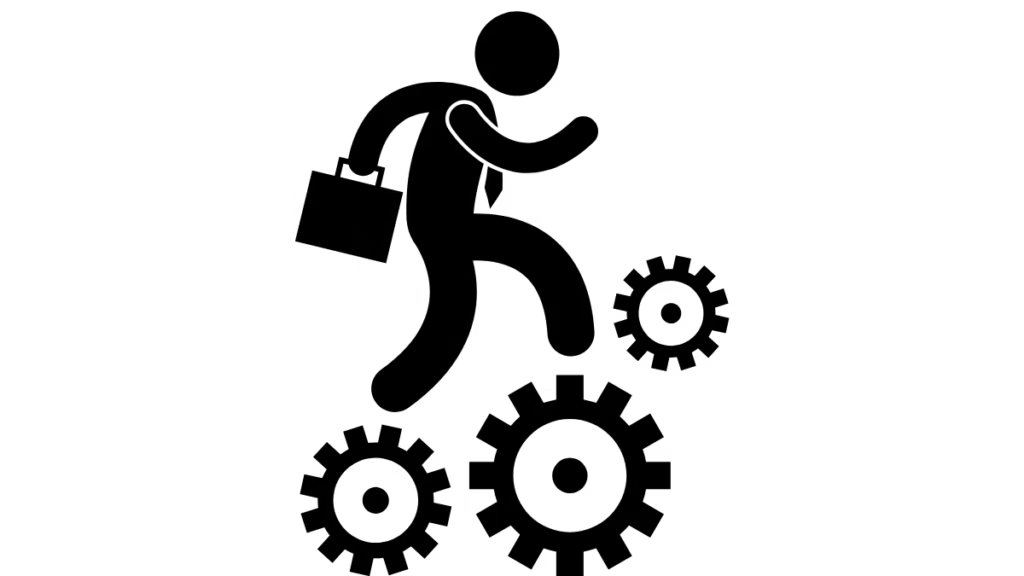

When Productive Procrastination Works Best
Creative Work and Nonlinear Thinking
Some of the best breakthroughs happen during procrastination—not in the task itself. That’s because creativity often benefits from structured delay.
When you step away, your brain continues to process ideas through subconscious incubation. This effect is especially powerful for:
- Brainstorming
- Writing and content creation
- Visual or UX design
- Strategic planning and decision-making
Give your mental models room to breathe, and they often return clearer.
Energy Management and Task Fatigue
Not all hours are equal. Trying to push through fatigue leads to poor cognitive performance and slower recovery. Productive procrastination lets you optimize your time around natural energy curves, not just your to-do list.
This is especially effective in:
- Late afternoons
- Post-lunch energy dips
- After long deep work blocks
- When switching between cognitive modes
Rather than force deep work, shift to structured light tasks that maintain momentum.
Is Productive Procrastination Always a Good Idea?
Not necessarily.
While structured delay can protect your mental stamina and keep you moving forward, it has a dark side if misused. Productive procrastination should be a performance tactic, not an escape route.
If you’re constantly avoiding priority tasks and hiding behind “useful” work, you’re not optimizing your day—you’re fragmenting your focus. Intent matters. And without boundaries, structured delay can become just another form of perfectionistic avoidance or dopamine-seeking behavior.
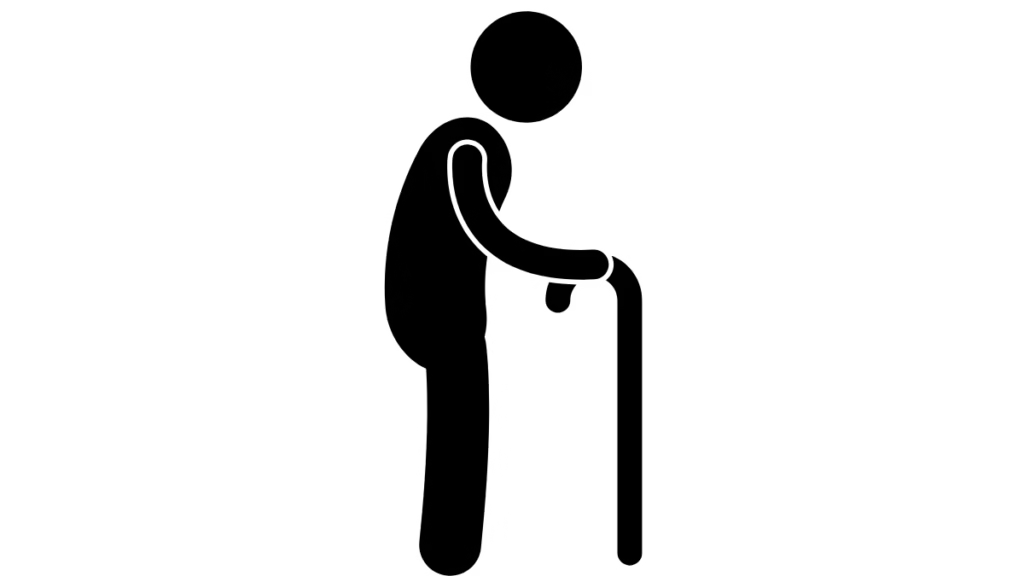

How to Avoid Using It as a Crutch
Signs You’re Just Avoiding the Real Work
Productive procrastination becomes dangerous when it turns into self-deception.
Red flags include:
- You never return to the main task
- You keep reorganizing instead of creating
- You justify delay without a clear return plan
- You avoid discomfort consistently
Self-awareness is key. If your “productive” tasks never lead to tangible outcomes, it’s not actually productive.
Turn Delay Into Direction — Not Distraction
To stay aligned:
- Set time limits (e.g., 20 minutes of structured delay)
- Write down your main task before switching
- Use a timer (like Pomodoro) to ensure you return
- Track which “productive” tasks actually contribute to your goals
Procrastination is only productive if it leads you back to what matters.
Final Thoughts: Delay with Precision, Not Excuses
Productive procrastination isn’t an excuse to avoid—it’s a performance tool. When used precisely, it can sustain focus, reduce burnout, and reinforce execution momentum.
But the difference is always intention.
- Delay with direction.
- Pause with purpose.
- Use friction as a signal—not a stopping point.
When you return to your work, you’ll do so with more clarity, more energy, and more control.
Common Questions
u003cbr/u003eu003cstrongu003eIs productive procrastination good or badu003c/strongu003e?
Productive procrastination can be good—when it’s intentional. Unlike regular procrastination, which often leads to distraction or avoidance, productive procrastination helps you stay in motion by tackling meaningful secondary tasks. When used strategically, it protects your focus, reduces burnout, and keeps you aligned with your performance goals. The key is to delay with purpose, not escape the work entirely.
u003cbr/u003eu003cstrongu003eWhat are examples of productive procrastination?u003c/strongu003e
Examples of productive procrastination include organizing your digital files, cleaning your workspace, outlining ideas, replying to low-stakes emails, or reviewing your task manager. These activities don’t demand deep focus but still create forward motion. The goal is to redirect your energy into tasks that maintain momentum—so when you return to your primary work, you’re more prepared and focused.
u003cbr/u003eu003cstrongu003eHow is productive procrastination different from regular procrastination?u003c/strongu003e
Productive procrastination is intentional; regular procrastination is reactive. Regular procrastination often involves dopamine-driven distractions and leads to guilt, delay, or lower quality output. Productive procrastination, on the other hand, uses low-effort but useful tasks to keep you mentally engaged while recovering bandwidth. It’s not a way to escape deep work—it’s a strategy to return to it stronger.
u003cbr/u003eu003cstrongu003eWhen should you avoid productive procrastination?u003c/strongu003e
You should avoid productive procrastination when it becomes a mask for avoidance. If you consistently delay your most important tasks, never return to them, or use useful busywork to escape discomfort, you’re not being productive—you’re self-sabotaging. Set time limits, track your actions, and make sure every delay has a defined return point.
u003cbr/u003eu003cstrongu003eDoes productive procrastination work for creative people?u003c/strongu003e
Yes. Creative professionals—writers, designers, strategists—often benefit from structured procrastination. Stepping away from high-focus tasks allows the brain to process ideas subconsciously, known as the u003cemu003eincubation effectu003c/emu003e. By engaging in light, aligned tasks during breaks, creatives can trigger breakthroughs, refine ideas, and return to work with greater clarity and originality.
u003cbr/u003eu003cstrongu003eCan productive procrastination improve focus and productivity?u003c/strongu003e
Yes. Productive procrastination can improve focus and long-term productivity by providing a structured break that preserves cognitive energy. When you switch to aligned but lower-effort tasks, you avoid burnout while still reinforcing your performance identity. Used correctly, it supports deep work by helping you manage energy, reduce friction, and stay mentally sharp.


